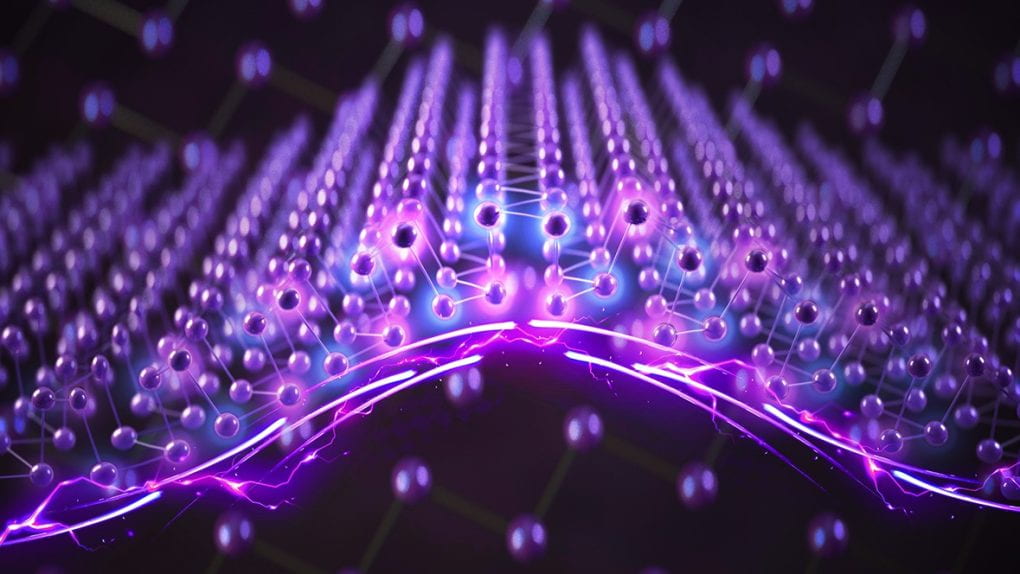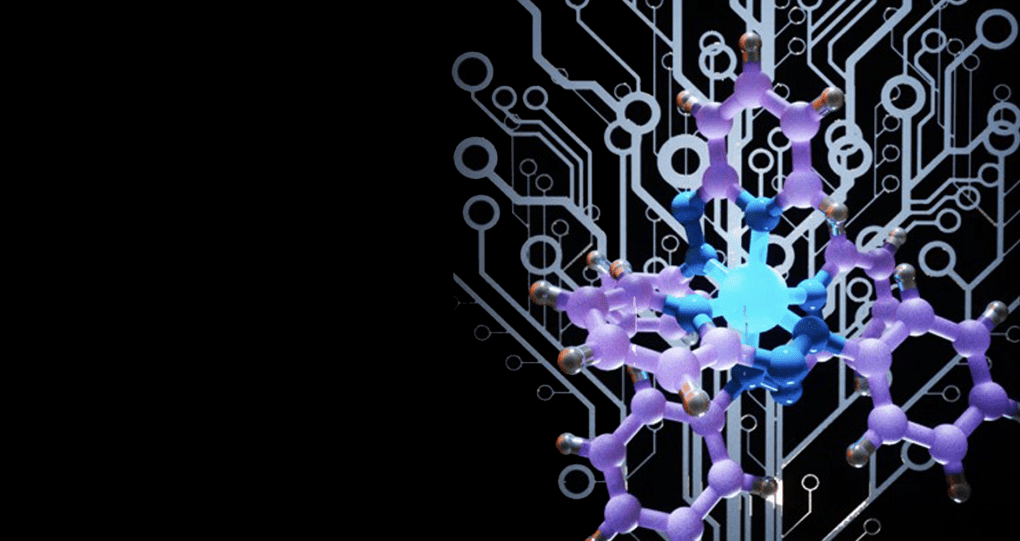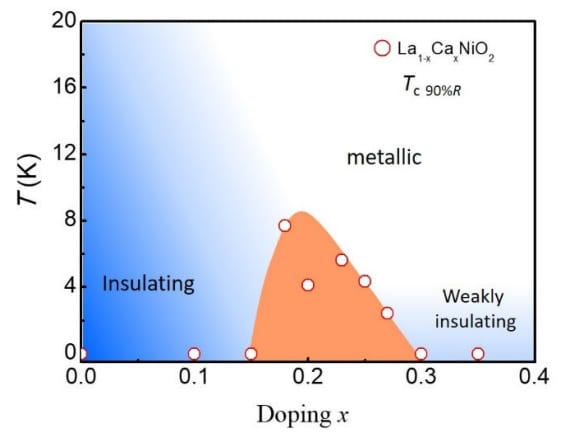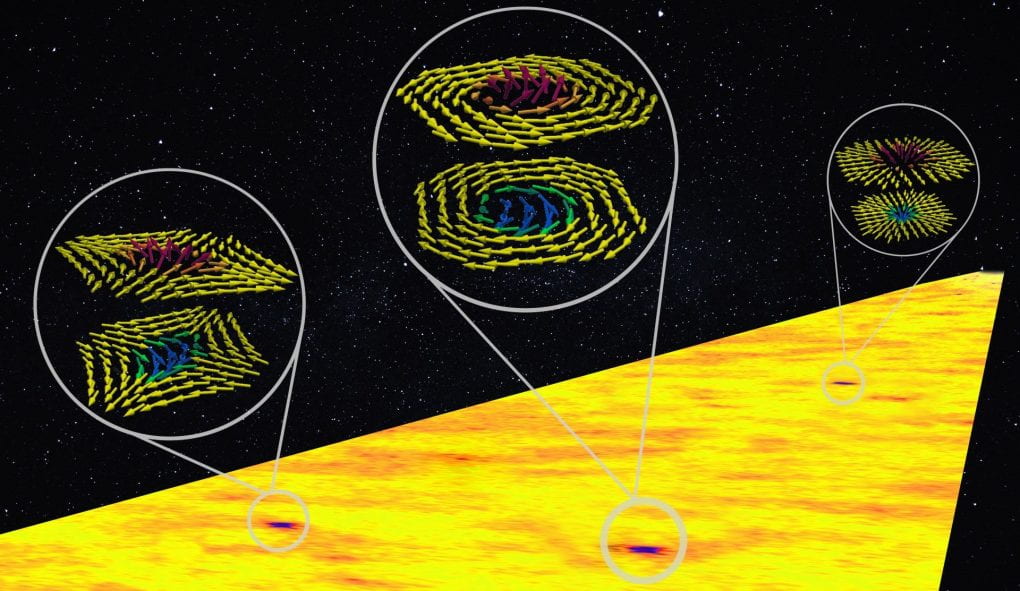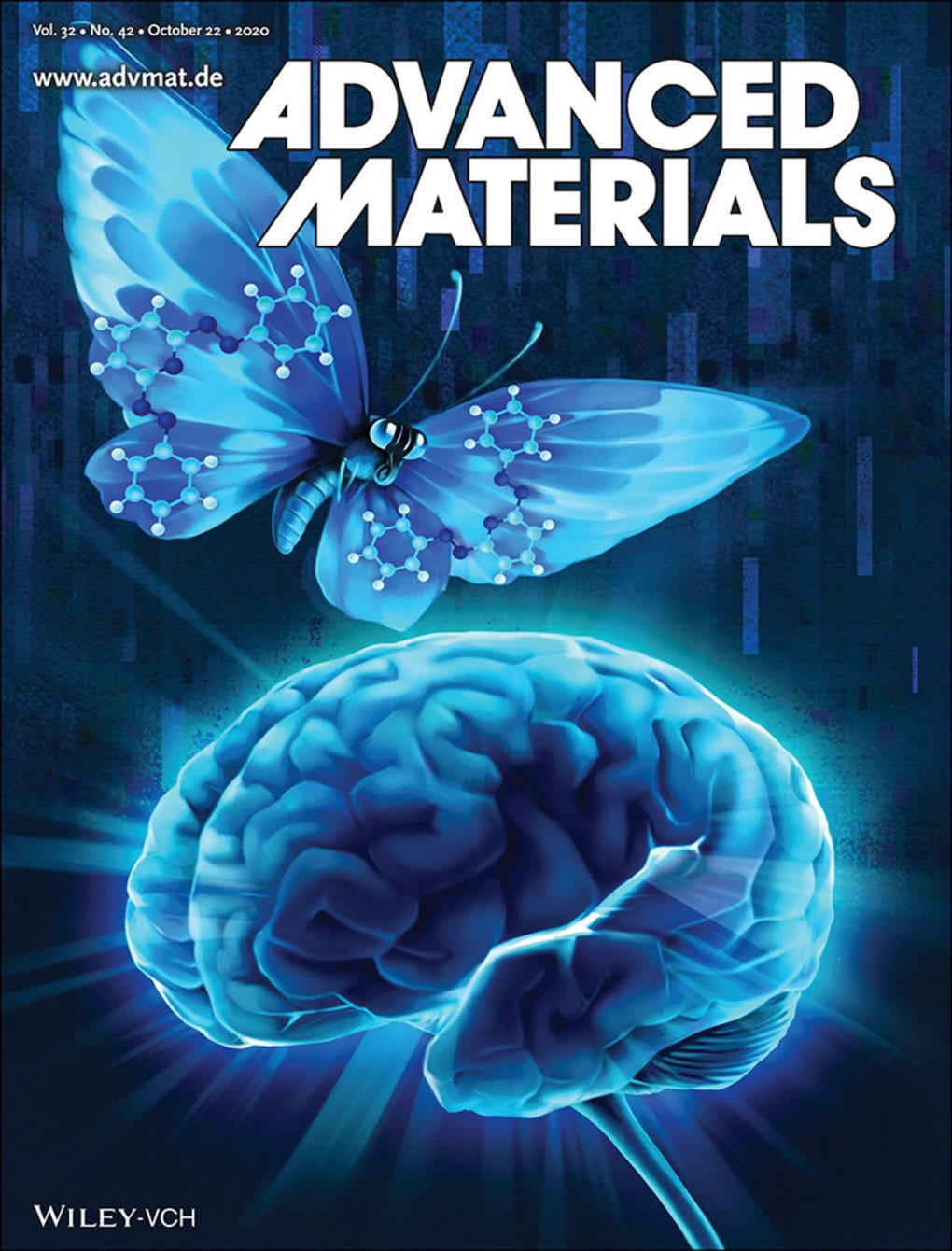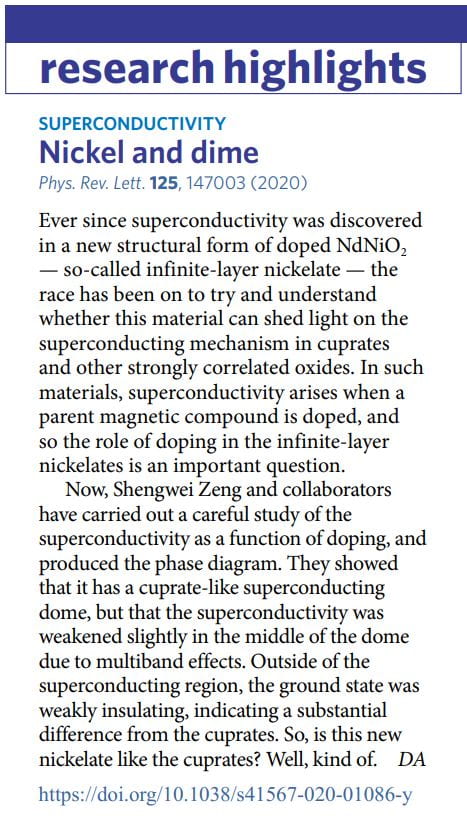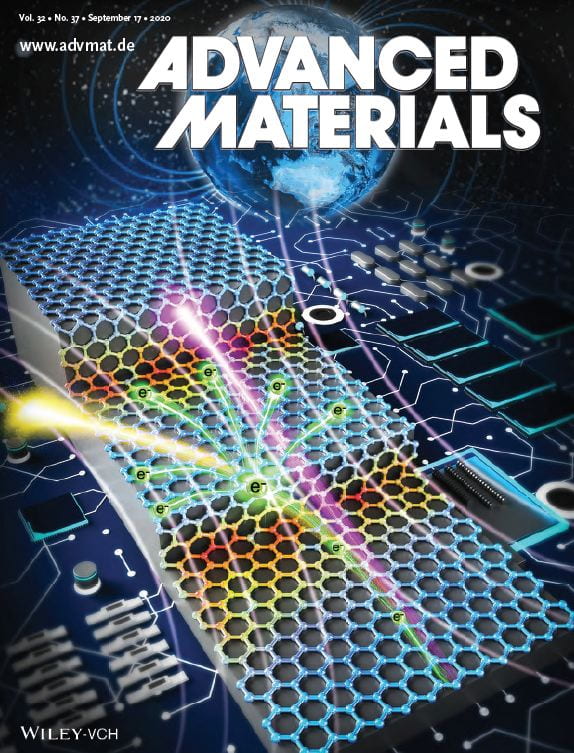Our research centers around the physics and applications of quantum materials, with a particular emphasis on the strongly correlated oxides. The research work spans from the synthesis of novel materials and heterostructures, especially utilizing a “materials-by-design” approach to discover material systems (thin films, heterostructures, superlattices, or interfaces) with properties superior to any known, to the studying of the physics of these new emerging properties, and to the development of functional devices exploiting the emergent properties.
Prof Ariando’s research focuses on the physics and devices of functional (quantum) materials, with an emphasis on the strongly correlated oxides. He won the Faulty of Science Outstanding Scientist Award in 2022 for his work on quantum interfaces and nickelates-based superconductivity, and continues to publish well in discovering other novel…Read More
[PHYSICAL REVIEW LETTERS 133, 066503 (2024) – Editors’ Suggestion] A spectroscopic study of the infinite-layer Nd0.8Sr0.2NiO2 thin films unveils a singular Ni 3d orbital in an optimally reduced condition, highlighting the importance of topotactic reduction for achieving superconductivity. Topotactic reduction is a unique soft chemistry process that removes the apical…Read More
Since its discovery more than 100 years ago, ferroelectric materials still garner much attention in research due to their wide-ranging applications, from data storage to renewable energy systems. Ferroelectric materials can generate an electric field and offer several benefits, such as high writing speed for data storage, high storage density,…Read More
[Phys. Rev. Lett. 129, 187203 (2022)] National University of Singapore (NUS) physicists have demonstrated a new way of controlling Rashba interactions in oxide systems. This method for tuning and controlling Rashba interactions is particularly promising as it can potentially be integrated directly into functional logic and memory devices. Scientists and…Read More
NUS researchers develop brain-inspired memory device that can revolutionise semiconductor design Reconfigurable device can simplify semiconductor circuit design and enhance computational power and speed Many electronic devices today are dependent on semiconductor logic circuits based on switches hard-wired to perform predefined logic functions. Physicists from the National University of Singapore…Read More
[Science Advances 8, eabl9927 (2022)] The origin of high-Tc superconductivity remains an enigma even though tremendous research effort and progress have been made on cuprate and iron pnictide superconductors. Aiming to mimic the cuprate-like electronic configuration of transition metal, superconductivity has been recently found in nickelates. This discovery hallmarks a…Read More
In the quest for post-CMOS (complementary metal–oxide–semiconductor) technologies, driven by the need for improved efficiency and performance, topologically protected ferromagnetic ‘whirls’ such as skyrmions and their anti-particles have shown great promise as solitonic information carriers in racetrack memory-in-logic or neuromorphic devices. However, the presence of dipolar fields in ferromagnets, which…Read More
Magnetic Skyrmions are smoothly varying local spin arrangement of size ranging from 10 to 100 nm. From theoretical simulations, these quasiparticles are known to have several attractive properties. On the other hand, there are multiple degrees of freedom in magnetic oxides but absent in metallic ferromagnets, such as multiferroicity and…Read More
Lack of uniformity is possibly the biggest challenge in today’s technology of memristor devices as it gives rise to problems like inconsistency, stochastic variability, and instability of the memory state. A uniform switching mechanism in memristors is something researchers have been looking in the last several decades. Now, an international…Read More
Understanding the mechanism of high-temperature superconductors has been one of the holy-grails in scientific endeavors in the last three decades or so. Superconductors with transition temperatures of up to 165 K have been observed in the copper-based complex oxides, the cuprates. Even though many structurally similar variants of this 3d-metal-ion…Read More
Graphene is a typical two-dimensional (2D) material with various exceptional properties and can form a strong ambipolar 2D hole or electron conducting gas tunable by various external perturbations. Meanwhile, complex oxides have also shown various emergent physical properties resulting from the complex interplay between the electronic, orbital, spin and structural…Read More


